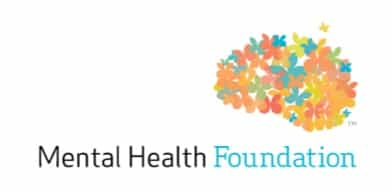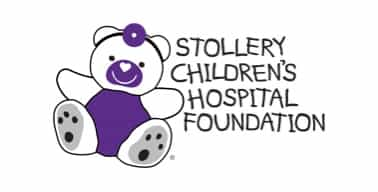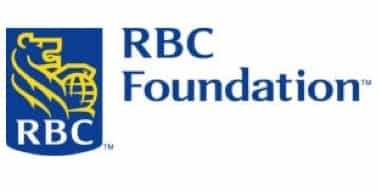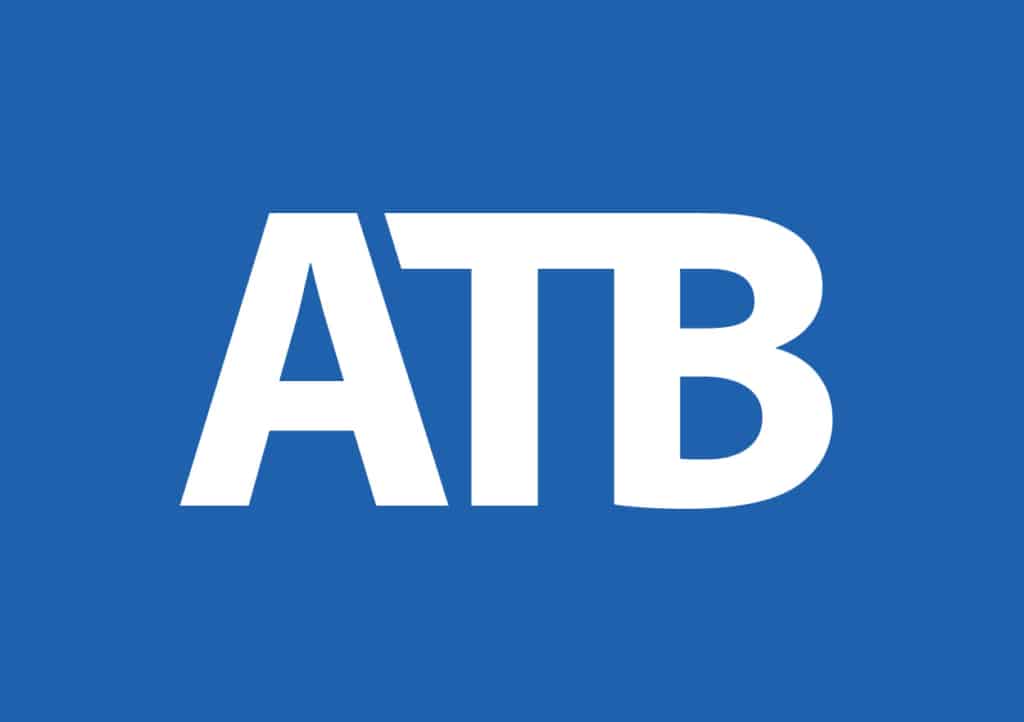Doing your taxes is an important part of a healthy personal finance plan. It can help you feel empowered and knowledgeable about your own money. Not to mention that your tax dollars go toward important services in your community – like transit, schools, parks, and much more!
You can start filing your own tax return as soon as you start making money. This is true whether you are 14 years old with your first part-time job or you’re 21 and work full time. So, if you work at a job and get a T4 (more on this later!) at the end of the year, you can file your own return.
Basically, a tax return is a summary of all of the money you made in the entire year, no matter the source. So, if you worked at a job and got a paycheck every month, then your employer needs to give you a summary or total of all of these paychecks.
No matter how much money you make in a year, filing a tax return is a good habit to get into as soon as you get your first job or begin to receive income from some other source. There are many services and programs that can walk you through the process, making it a breeze.
As soon as you start filing returns with the CRA (Canada Revenue Agency), you start accumulating “room” in your RRSP’s (Registered Retirement Savings Plan) so that as soon as you turn 18, you can start saving for retirement!
Step One
Before you begin, it can be very helpful to set up your own Canada Revenue Agency/CRA My Account. Find out how to sign up for your own CRA My Account here. This is a personal account with the Canada Revenue Agency where you can find all of your income- and tax-related information.
This account lets you see all of your previous year’s tax information, as well as gives you access to important information about the money you made, like your T-slips (e.g., T4, T4A, T2202a, etc, see the definitions below).
A CRA My Account will also tell you if you get any GST/HST credits. This is where you get some of the dollars that you pay in GST/HST tax refunded to you.
You can also set up direct deposit so that any money you get back after filing your taxes can be put straight into your bank account. This is faster than waiting for a cheque in the mail.
Step Two
Next, get organized and collect all the forms and documents you will need to file your return. All of these documents are different from a paycheck and should be given to you by your employer, university or college, or the government, for example.
If you have a CRA My Account, all of the important tax documents that apply to you will be added to your account for you. If you do not have a CRA My Account, your employer, university or college, the government, or other institutions that you get money from, will mail you your required tax documents each year (usually around January-March). The following is a list of common documents and what they are:
- T4 Statement of remuneration
- the amount of money you made at your job plus any deductions, for the whole year. A T4 is different than a paycheck, basically, it is a summary or total of all the paychecks you received in a year. Plus, the T4 shows you how much tax was taken off your income, how much money was taken off for things like Canada Pension Plan/CPP, or Employment Insurance/EI. Your employer has to give you a T4 every year if you are working and earning money at a job.
- the amount of money you made at your job plus any deductions, for the whole year. A T4 is different than a paycheck, basically, it is a summary or total of all the paychecks you received in a year. Plus, the T4 shows you how much tax was taken off your income, how much money was taken off for things like Canada Pension Plan/CPP, or Employment Insurance/EI. Your employer has to give you a T4 every year if you are working and earning money at a job.
- T4A Pension, retirement, annuity, and other income
- for income like grants, bursaries, scholarships, RESP educational assistance payments, etc. For example, if you won a scholarship for a school that came with money, you might receive a T4A. Or, if you have money in a Registered Educational Savings Plan/RESP that you use to pay for college, you may receive a T4A.
- for income like grants, bursaries, scholarships, RESP educational assistance payments, etc. For example, if you won a scholarship for a school that came with money, you might receive a T4A. Or, if you have money in a Registered Educational Savings Plan/RESP that you use to pay for college, you may receive a T4A.
- T4E Statement of employment insurance and other benefits
- for income related to employment insurance or other government benefits. For example, if you are unemployed and are receiving employment insurance payments, you might get a T4E.
- for income related to employment insurance or other government benefits. For example, if you are unemployed and are receiving employment insurance payments, you might get a T4E.
- COVID 19 related benefits
- If your income or job was affected by the COVID 19 pandemic and you received payments like from the Canada Emergency Response Benefit/CERB. Money you get from CERB, CESP, CRCB, CRSB will all usually come as a T4A.
- If your income or job was affected by the COVID 19 pandemic and you received payments like from the Canada Emergency Response Benefit/CERB. Money you get from CERB, CESP, CRCB, CRSB will all usually come as a T4A.
- T2202A
- if you paid tuition, you can claim your tuition/education amounts.
- if you paid tuition, you can claim your tuition/education amounts.
- Interest paid on student loans, Canada Child Benefit, Social Assistance payments, Disability tax credits, and much more!
- Receipts
- This includes medical (including dental) expenses, child care expenses, moving expenses, charitable and political donations, professional or union dues, employment expenses. Find out more from this CRA site!
Step Three
Next, you can decide how you will complete your return. You can use one of the following services:
- Online using certified tax software.
- Ask your parents/carers if you can use their tax return method.
- Community volunteer tax clinic.
- H&R Block, or find a free one in your area using this look-up
- Google “free tax clinic (your-city)”
- Hire an accountant.
- Complete paper return on your own.
- File by phone (File My Return).
Once your return is completed, you can either file it online, using NETFILE. It’s also possible to mail in a paper copy. If you owe taxes, you will have to set up payment, which you can do using a CRA My Account. If you get a refund, you will either be mailed a cheque or you can set up direct deposit through your CRA My Account.
Then, you will receive a Notice of Assessment/NOA, which provides you with information about your tax return.
Now you’re done! Congratulations! Doing your taxes can seem scary and difficult at first. However, if you get organized, check out some of the links in this article, and ask a trusted friend or adult for some help – you will be well on your way to filing your own tax return!
Other Considerations
If you are Indigenous, you are subject to most of the same tax laws as other Canadians and you may also qualify for some tax exemptions. Learn more about this here.
If you are a newcomer to Canada, welcome! For tax purposes, you are considered a “newcomer to Canada” during the first year that you move to Canada. Check out this CRA site to find out how to file your first tax return and how you can apply for benefits as a new resident of Canada.
But Wait, What Is an RRSP Anyway?
An RRSP is a Registered Retirement Savings Plan, which is a fancy way of saying “savings for retirement.” And I know, I know, retirement is lightyears away! There are so many benefits to starting to save from as early as possible. RRSP contributions are “tax-deductible” which means that the amount of money you put into an RRSP reduces the amount you pay in taxes. Note that there are certain limits that you can find by checking your Notice of Assessment to see your own RRSP limits.
If you continue to put money into an RRSP, it will eventually start to earn interest. These earnings are exempt from tax. Then, fast forward to your retirement, when you begin to live off of your RRSP’s as retirement income. This income is then taxed. So really, learning how to file a tax return will help you out for so many years to come! You can learn more about how to set up your own RRSP here.
And a TFSA?
What is a TFSA then?! This is a Tax-Free Savings Account and you are able to open one once you turn 18. The difference between an RRSP and a TFSA is that while TFSA contributions do not reduce the amount you are taxed, the money that you may withdraw from a TFSA is not taxable. So fast forward to retirement again, and you have income from both an RRSP and a TFSA, you will be taxed on the RRSP income only. You can learn more about how to set you your own TFSA here.
Happy saving!
Check out our Groups and Workshops for more real life, skill building help! We also have private, free virtual appointments available with our Mental Health Therapists, Peer Support Worker, and Employment Support Worker.



